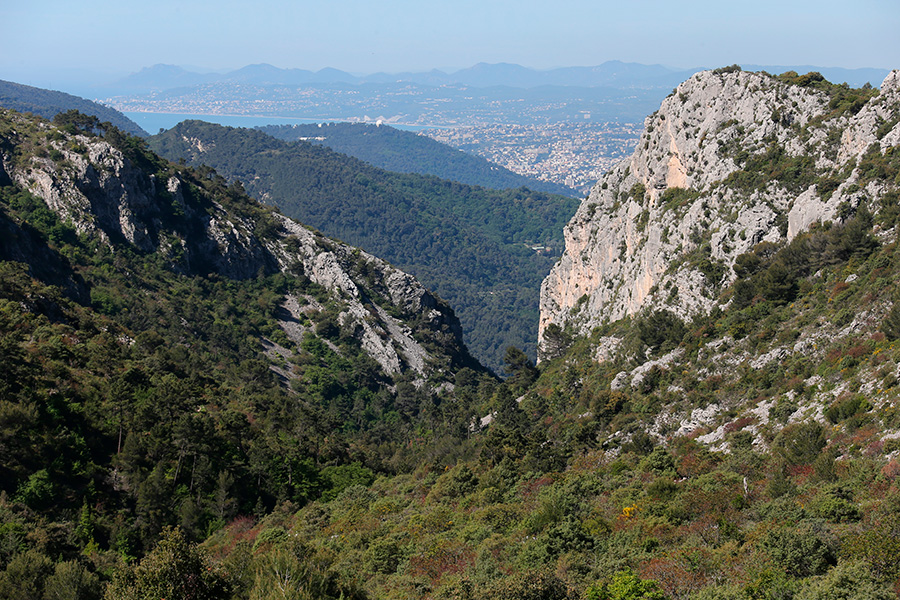On the basis of the 10 criteria defined by UNESCO, every candidate site must define its Outstanding Universal Value. Given its natural assets, the Mediterranean Alps’ candidature is based on the concept of Nature Property, according to Criterion VIII (Geology).
Criterion VIII – Geology, the basis of OUV for the Mediterranean Alps
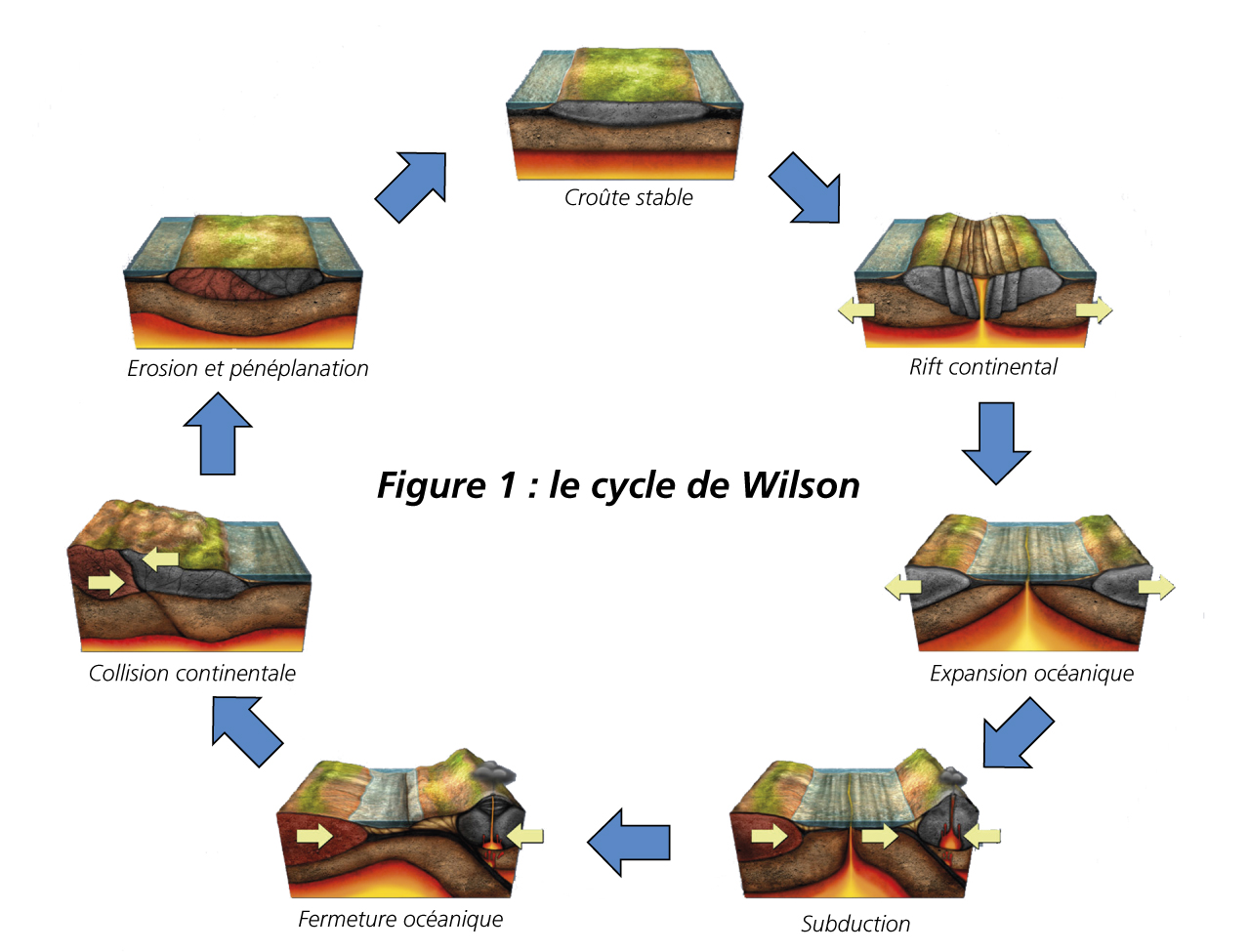 A complex geological history, a pillar of Outstanding Universal Value
A complex geological history, a pillar of Outstanding Universal Value
Today, Mont Argentera towers at nearly 3,300m above sea level, while the seafloor reaches a depth of 2,500m below sea level off the Bay of Villefranche. Over a 70km distance, there is a difference in altitude of 6km: without the usual continental plateau acting as an interface between the mountains and the sea, the Alps dip down directly into the Mediterranean.
From the standpoint of Criterion VIII (Geology), the site’s outstanding character lies in the presence of three events superposed in one place over time: nearly 400 million years ago, Earth’s geological history is condensed in the Maritime and Ligurian Alps.
First, the site bears the traces of two “superposed” mountain ranges: the older (Variscan) massif, formed between 380 and 300 million years ago, and the younger (Alpine) chain, formed 30 million years ago. A third geological event occurred barely 5 million years after the Alps began their uplift: the opening of the western Mediterranean Sea (25 million years ago), as a result of the retreat of the Adriatic plate. This episode resulted in truncation of the axis of the Southern Alps. At the interface between the Alps and the Mediterranean Sea, it is thus possible to observe the cross section of a collisional mountain range, exceptionally well preserved following the brutal opening of the Mediterranean oceanic basin.
The Mediterranean Alps reveal two orogenies (Variscan and Alpine), on which is superposed the tectonic phenomenon of the opening of the western Mediterranean. The result is atypical topography, characterised by strong altitudinal contrast between the sea and mountains and the absence of any coastal plain. Consequently, the site offers an opportunity to observe several stages of the plate-tectonic “Wilson cycle” (figure 1), which makes the Marittime-Mercantour representative example of the great stages in Earth’s history.
More informations :
The “Mediterranean Alps” territory has a unique geological history with a strong altitudinal gradient whose outstanding value covers a series of eight sites.
These eight areas display different characteristics illustrating geological history and originality of Outstanding Universal Value:
Zone 1 - Argentera-Mercantour :
This is the memory, in the Maritime Alps, of the oldest geological (“Variscan”) cycle, 400 to 290 million years old, at the origin of the largest mountain range ever known on Earth.
This zone covers 98,034ha, corresponding essentially to the Alpi Marittime-Mercantour European Park comprising:
Parco Naturale Alpi Marittime + adjacent Italian Natura 2000,
Mercantour National Park, including 62,660ha in the Property’s “core area”, with a special protection status.
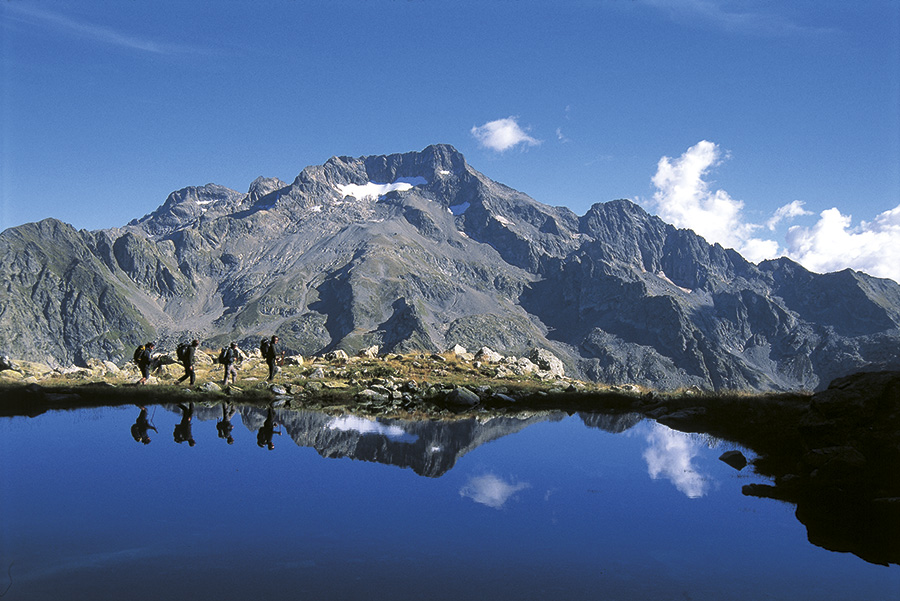
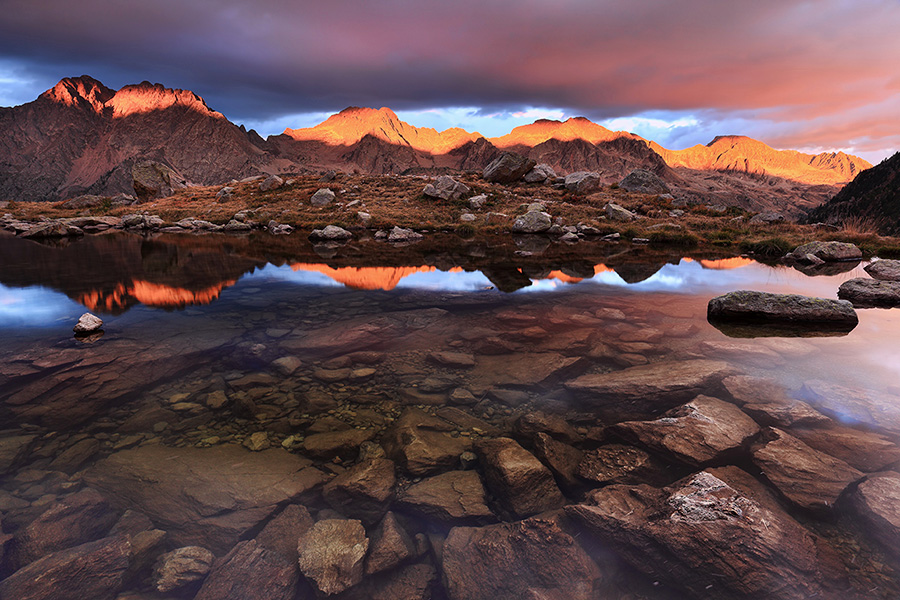
Zone 2 - Daluis :
This geological reserve, already identified, illustrates the transition (from 290 to 235 million years ago) between the old (Variscan) cycle and the formation of the future Alpine mountain range.
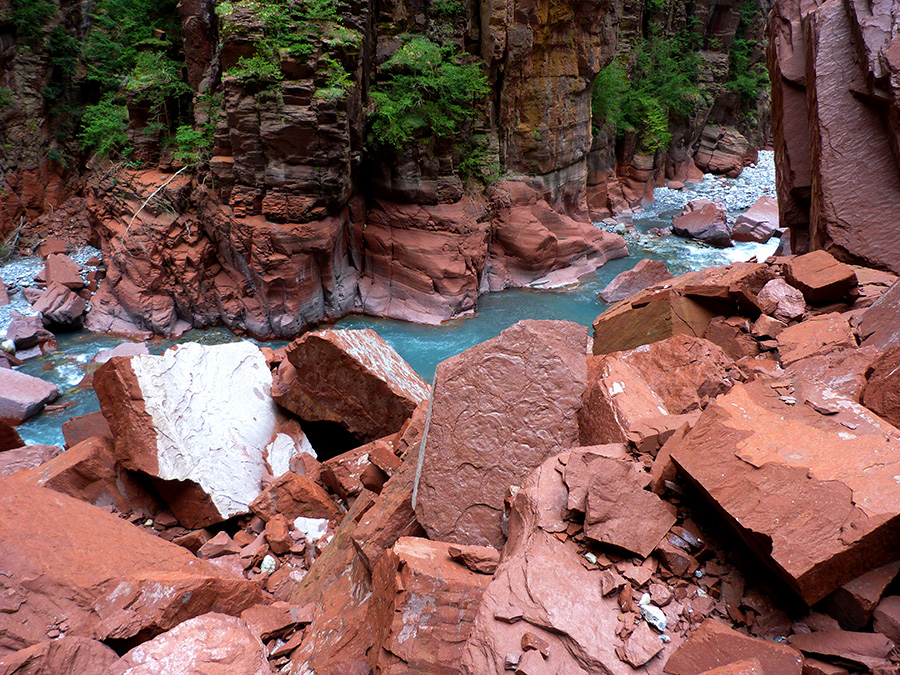
Zone 3 - Marguareis-Toraggio :
It features rocks and structures representing the genesis of the Alps, from an ocean to a collisional mountain range: the Alpine cycle, strictly speaking (230 to 28 million years ago).
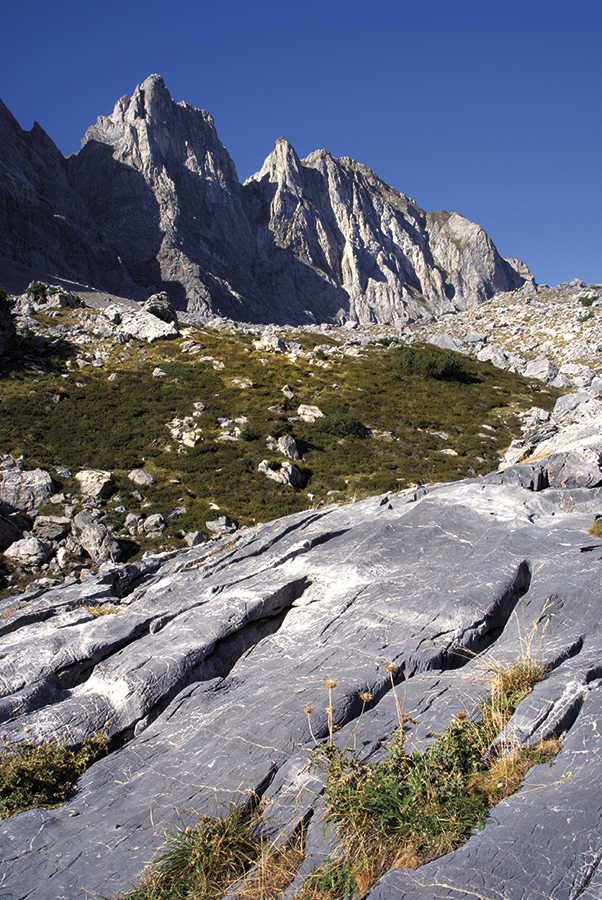
Zone 4 - Peira-Cava :
It is the type locality for the “Bouma sequence” (named for the great Dutch geologist who identified it), the world-reference sedimentary series defining sedimentary basins marking the Alpine collision.
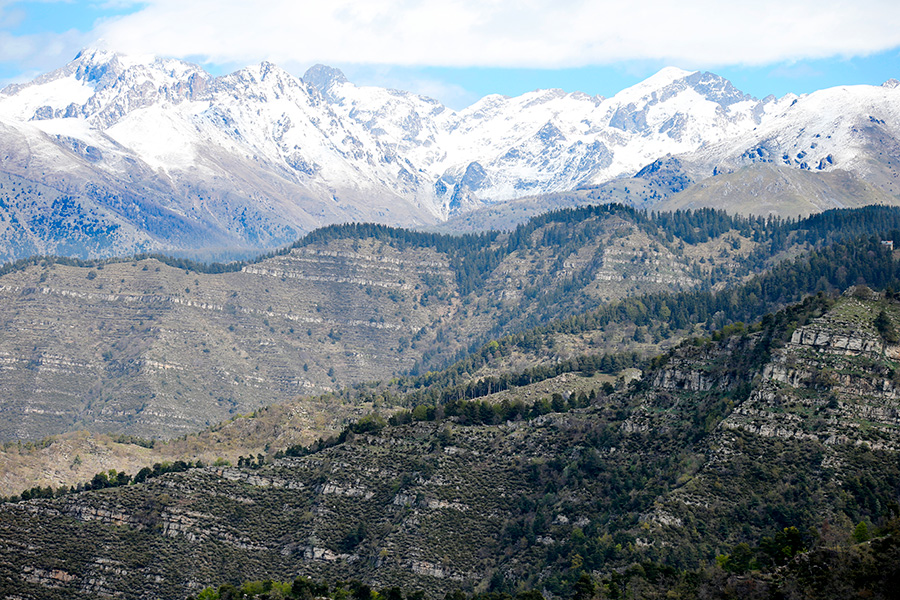
Zone 5 - Ours-Grammondo :
It contains Alpine tectonic structures re-activated and distorted in the history of the western Mediterranean (28 million years ago).
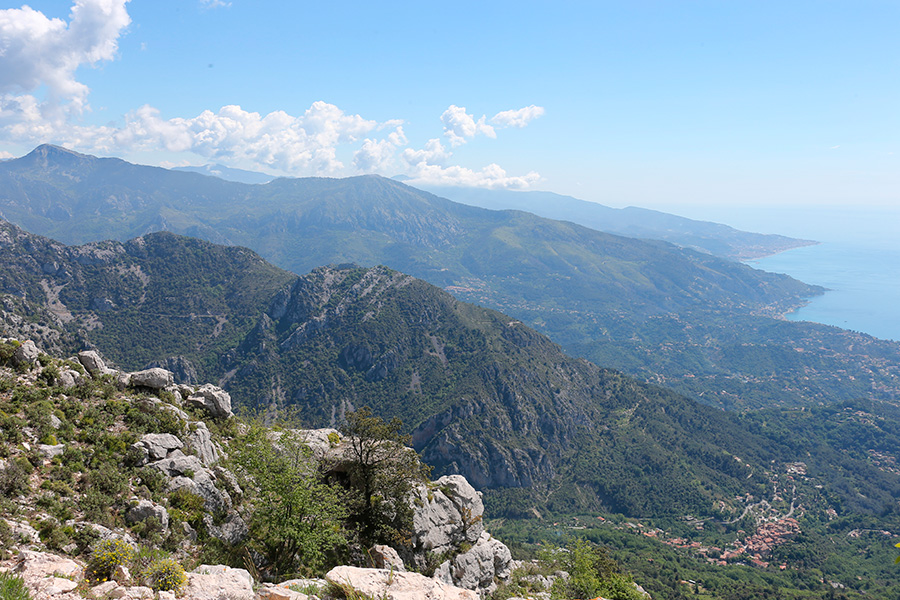
Zone 6 - Cap Ferrat- Roya Canyon :
The Mediterranean Sea (Liguro-Provençal ocean) with its three buffer areas (Roquebrune-Cap-Martin, Cap d’Ail, Villefranche) between land and sea features attributes demonstrating the transverse rupture of the Alps by a young oceanic basin (28 million years ago to the present).
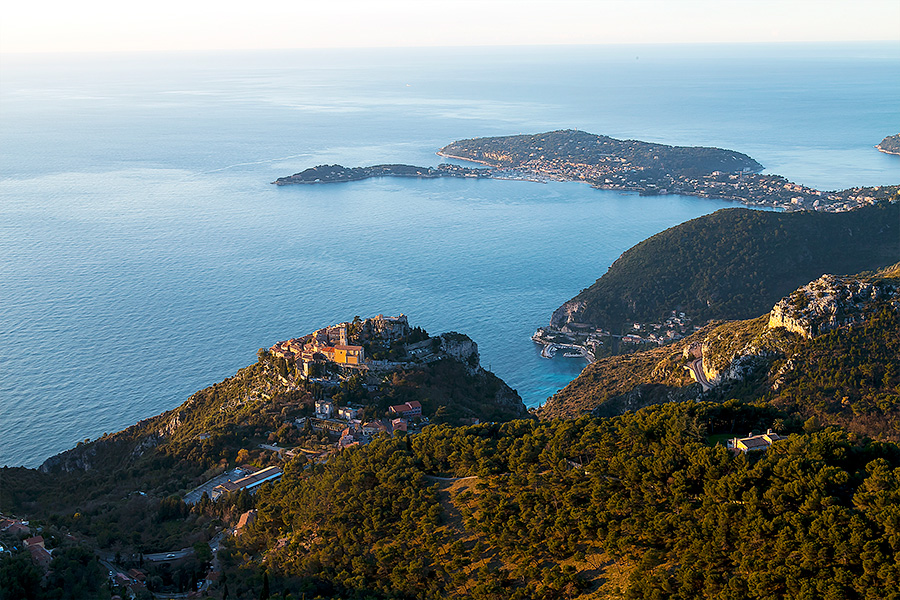
Zone 7 - La Grande Corniche :
It features the attributes demonstrating the inversion of the Liguro-Provençal oceanic margin, hence the future closing of the Mediterranean Sea in response to Africa-Europe plate kinetics, announcing a new geodynamic cycle.
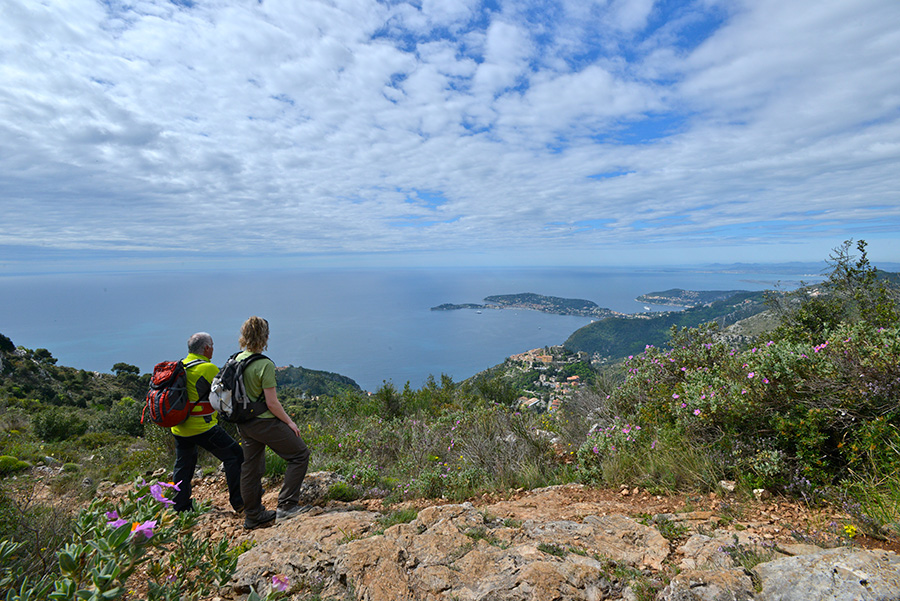
Zone 8 - Peille :
It corresponds with the active Peille-Laghet fault, the best known tectonic (and seismic) structure in the Alpes-Maritimes département today.
